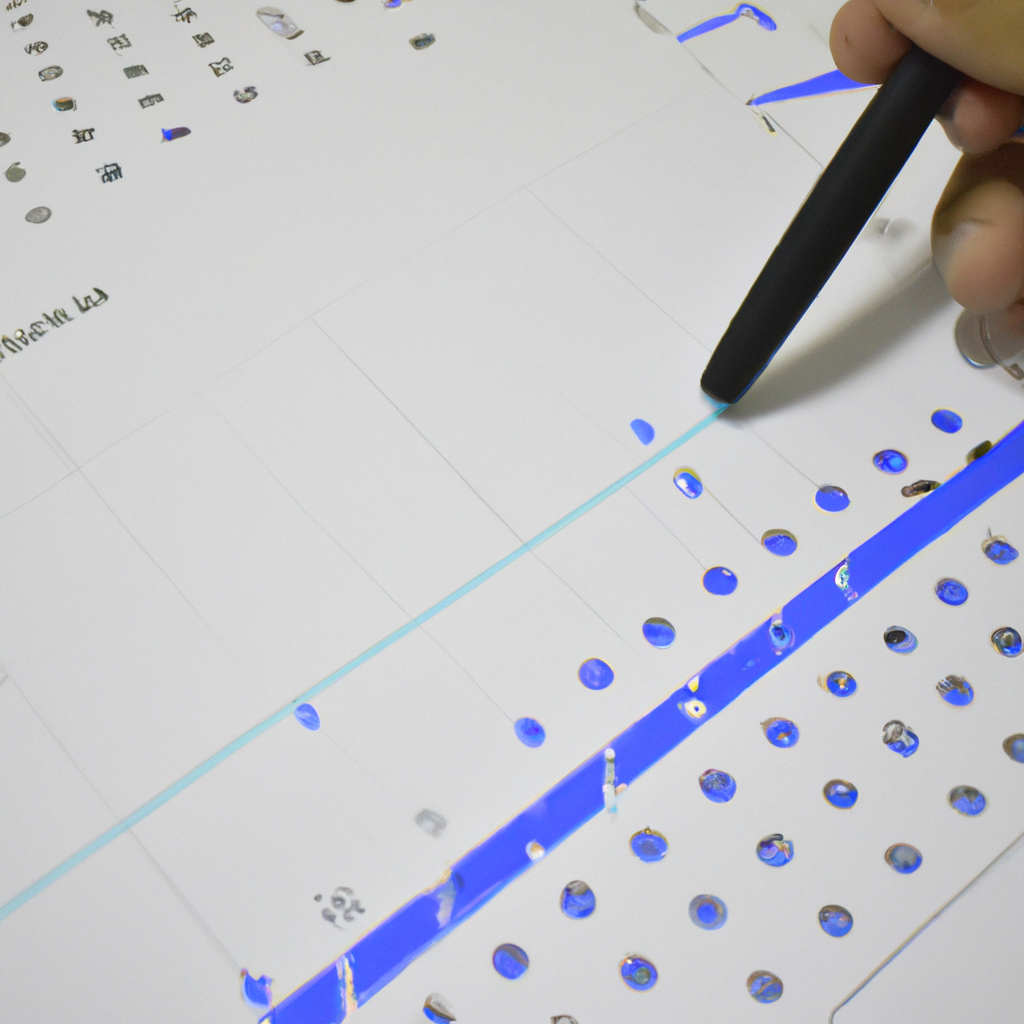
Unlocking the Secrets of Common Chart Patterns: A Trader’s Guide
Identifying Common Chart Patterns
Introduction
Chart patterns are visual representations of price movements in the financial markets. By identifying these patterns, traders can make informed decisions about when to buy or sell assets. In this article, we will discuss some of the most common chart patterns and how to recognize them.
Head and Shoulders
The head and shoulders pattern is a reversal pattern that indicates a potential change in trend. It consists of three peaks – a higher peak (the head) flanked by two lower peaks (the shoulders). The neckline is drawn by connecting the lows of the two shoulders. Once the price breaks below the neckline, it is a signal to sell.
Double Top/Double Bottom
A double top pattern occurs when the price reaches a high twice before reversing, while a double bottom pattern occurs when the price reaches a low twice before reversing. These patterns indicate a potential trend reversal, with the neckline acting as a support or resistance level.
Ascending/Descending Triangle
An ascending triangle is a bullish continuation pattern characterized by a flat top and rising bottom. A descending triangle is a bearish continuation pattern characterized by a flat bottom and falling top. Traders can enter a long position when the price breaks above the resistance in an ascending triangle, or a short position when the price breaks below the support in a descending triangle.
Flag/Pennant
Flags and pennants are short-term continuation patterns that indicate a brief pause in the trend before resuming. Flags are rectangular-shaped patterns, while pennants are small symmetrical triangles. Traders can enter a position in the direction of the breakout from the flag or pennant pattern.
Cup and Handle
The cup and handle pattern is a bullish continuation pattern that resembles a tea cup with a handle. The cup is a rounded bottom, while the handle is a small consolidation before the breakout. Traders can enter a long position when the price breaks above the handle.
Conclusion
By learning to identify common chart patterns, traders can improve their decision-making process and increase their chances of success in the financial markets. It is important to remember that chart patterns are not foolproof and should be used in conjunction with other technical indicators and risk management strategies. Practice and experience are key to mastering the art of pattern recognition in trading.